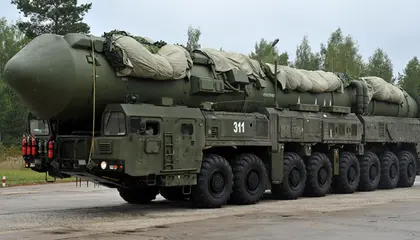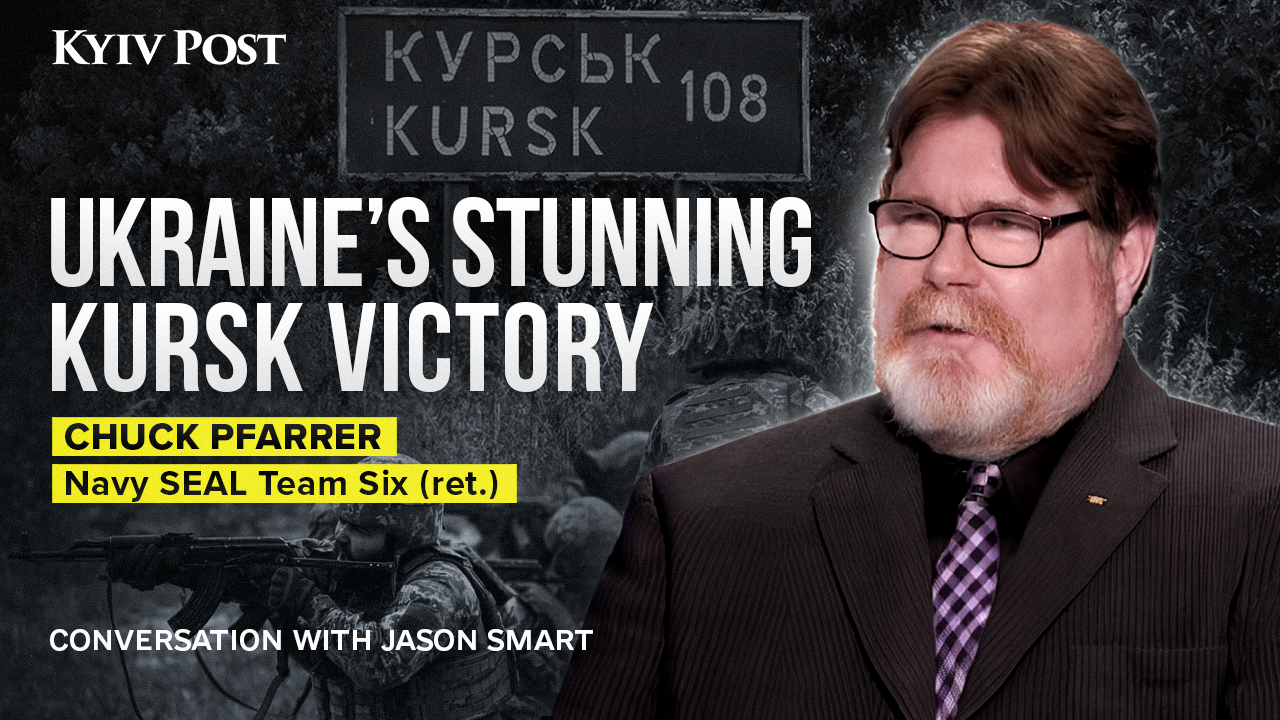In late 2022, the United States began intense preparations in anticipation of a potential nuclear strike by Russia against Ukraine, according to two senior administration officials who spoke with CNN.
Specifically concerned about the possibility of Russia using a tactical or battlefield nuclear weapon, the Biden administration felt compelled to take rigorous measures to prevent such a scenario.
JOIN US ON TELEGRAM
Follow our coverage of the war on the @Kyivpost_official.
"That’s what the conflict presented us, and so we believed and I think it’s our right to prepare rigorously and do everything possible to avoid that happening," said the first senior administration official.
This heightened alert was not triggered by a single indicator but rather by a combination of developments, analysis, and highly sensitive new intelligence.
Explaining the administration's concern, a second senior official stated, "Our fear was not just hypothetical — it was also based on some information that we picked up." As a result, meticulous planning was undertaken to ensure readiness in the event of this once-unthinkable possibility.
Throughout the late summer and fall of 2022, the US National Security Council held a series of meetings to establish contingency plans to prepare for the possibility of a nuclear attack by Russia on Ukraine.
They focused on how the United States would respond, either if there were clear signs of an impending attack, or if such an attack occurred. The goal was to preempt or deter such actions, as explained by the first senior administration official to CNN.

FACT CHECK: How Much of What Trump Said Last Week About War in Ukraine is True?
A few days ago, Colonel Vladyslav Seleznyov, former head of the Armed Forces of Ukrainian (AFU) General Staff press service disclosed that the Ukrainian military had been preparing for a potential Russian nuclear attack in April 2022.
Seleznyov stated, "The fact that the enemy could carry out any kind of provocation, including with nuclear weapons, was not surprising. On Easter 2022, many Ukrainian servicemen stationed at the Yavoriv training ground in the Lviv region were on high alert."
This training ground is situated on the border with Poland, with the Polish border only about two dozen kilometers away.
Seleznyov mentioned that during that time, he was also present at the Yavoriv training ground, and signals about a possible nuclear attack were received "through various channels."
"However, I believe that behind-the-scenes diplomacy worked effectively," Seleznyov said.
"It was made clear to Putin the critical consequences, both for the Russian Federation and personally for him if he were to engage in such a nuclear provocation," he added.
As per a CNN report, in late summer 2022, Russian forces faced devastating losses as Ukrainian troops advanced on Russian-occupied Kherson, a key city. The potential loss of entire Russian units threatened to be a "potential trigger" for nuclear weapon use. US officials feared Putin might perceive this as a direct threat to Russia.
“Our assessment had been for some time that one of the scenarios in which they would contemplate using nuclear weapons [included] things like existential threats to the Russian state, direct threats to Russian territory,” the first senior administration official said.
Moreover, in October 2022, Russia's defense minister Sergei Shoigu warned Western countries about a potential Ukrainian dirty bomb plot, a claim dismissed by US and other officials.
"Russian officials alleged Ukraine would build and detonate a dirty bomb against Russian forces and then blame the attack on Russia," CNN reported.
This false flag story raised concerns that Russia might use it as a pretext for drastic action. Western intelligence also intercepted Russian officials discussing a nuclear strike, increasing alarm among US officials.
As highlighted by CNN, US officials expressed uncertainty about their ability to detect the movement of tactical nuclear weapons by Russia.
Unlike strategic nuclear weapons, which can devastate entire cities, tactical or battlefield nuclear weapons are compact enough to be discreetly relocated and launched from conventional systems already present on the Ukrainian battlefield, the report disclosed.
CNN further revealed that the US collaborated closely with its allies to develop contingency plans in case of a Russian nuclear attack and to convey warnings to Russia about the repercussions of such an action. Additionally, efforts were made to engage non-allies, particularly China and India, to dissuade Russia from considering such a move.
US officials emphasized that the diplomatic outreach and public statements made by Chinese leader Xi Jinping and Indian Prime Minister Narendra Modi played a significant role in averting a crisis.
Following the nuclear concerns of late 2022, the threat lessened as the war entered a phase of relative stalemate in the eastern regions. However, the US and its allies remain watchful.
"We have been less concerned about the imminent prospect since that period," a senior US official told CNN. "We continue to refine plans, and it's not beyond the realm of possibility that we could be confronting at least the rising risk of this again in the months ahead."
You can also highlight the text and press Ctrl + Enter






